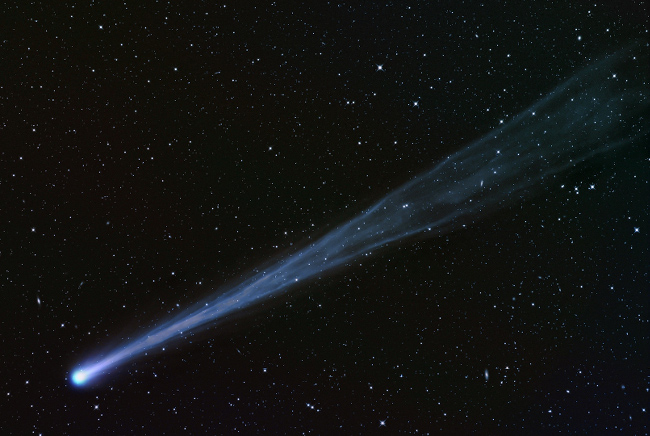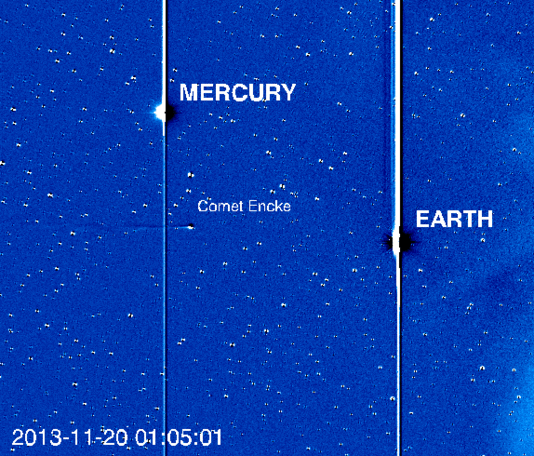the register - full storyComet ISON could break up into itty-bitty pieces long before it gets closer to the Sun, selfishly denying us all the opportunity to see it shine brightly in the night sky.
The comet is currently visible in the predawn sky, but it may not be there for long if astroboffins from the Max Planck Institute for Solar System Research and the Astronomical Institute at Ludwig Maximilian University are right.
In a post on the International Astronomical Union's Comets and Asteroids Facebook page, the scientists reported spotting "wings" coming from the comet, which may suggest that the nucleus has broken up.
"The coma wings suggest the presence of two or more sub-nuclei with individual expanding atmospheres in the overall cometary coma and may indicate nucleus splitting in the comet," they said.














